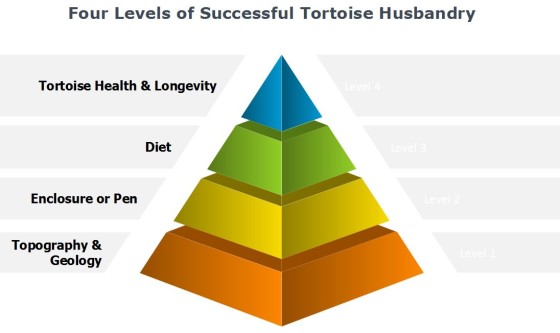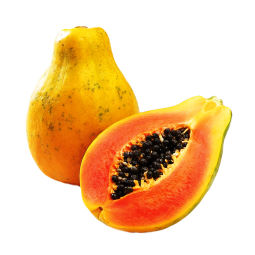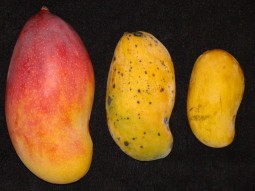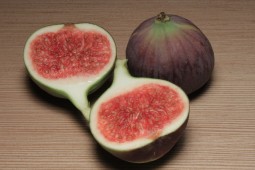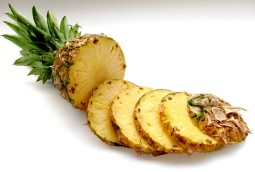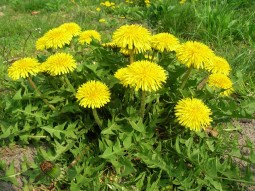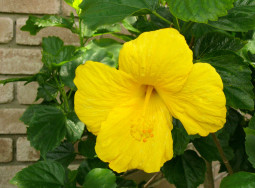Just a quick post and one some of you may scratch your head over.
I’ve just completed a video course on Udemy.com on the Russian Tortoise.
Here’s a graphic of the page and if you click on the link below it takes right to the page.
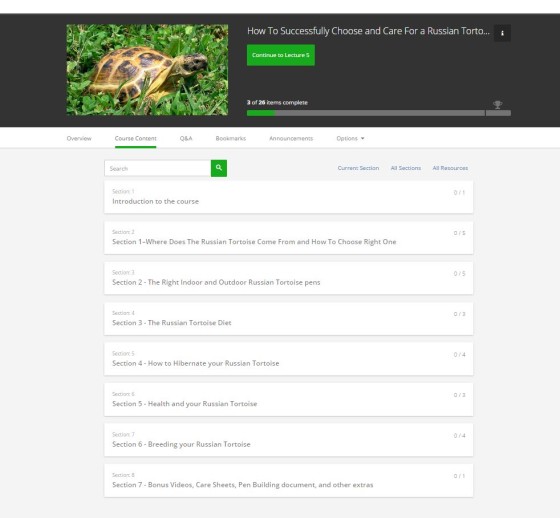
Here’s why I’m posting about Russian’s on my Redfoot site.
I just started working on the Redfoot & Yellowfoot course because I had so many people on my Redfoot YouTube channel ask me to create one.
The Redfoot & Yellowfoot one will follow the same Section layout as the Russian Course and that’s why I’ve posted here, so you Redfoot and Yellowfoot folks can get an idea of what the course will be like and its price.
Now, if you’re like me and have multiple species and the Russian is one of them, and you want or need more information, and a place to ask me questions on them, feel free to invest in the course.
It’s only $14 (30% off)
I won’t mind. 🙂
Once I have the Redfoot & Yellowfoot course done, I’ll post it here and feature it on the site.
TTFN
